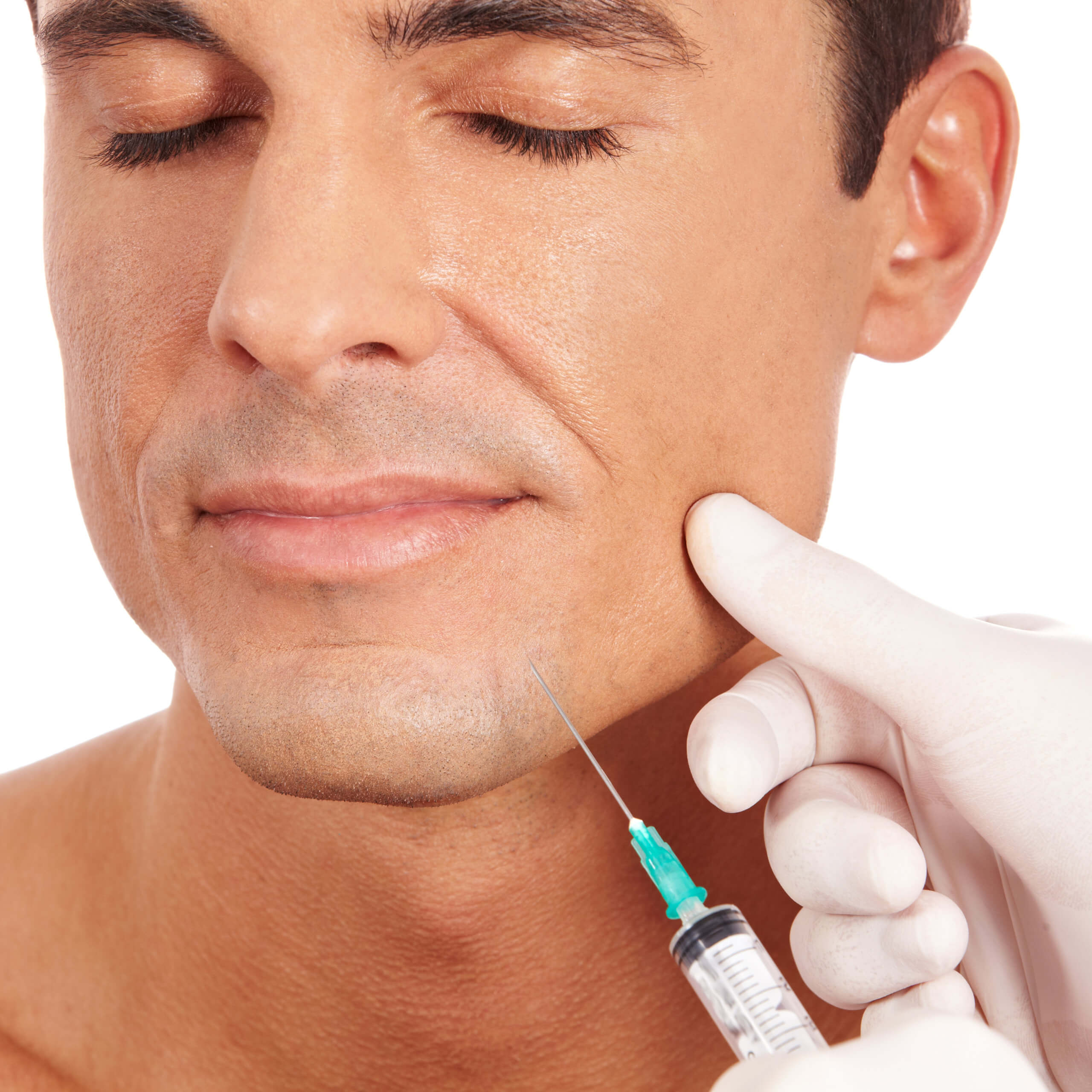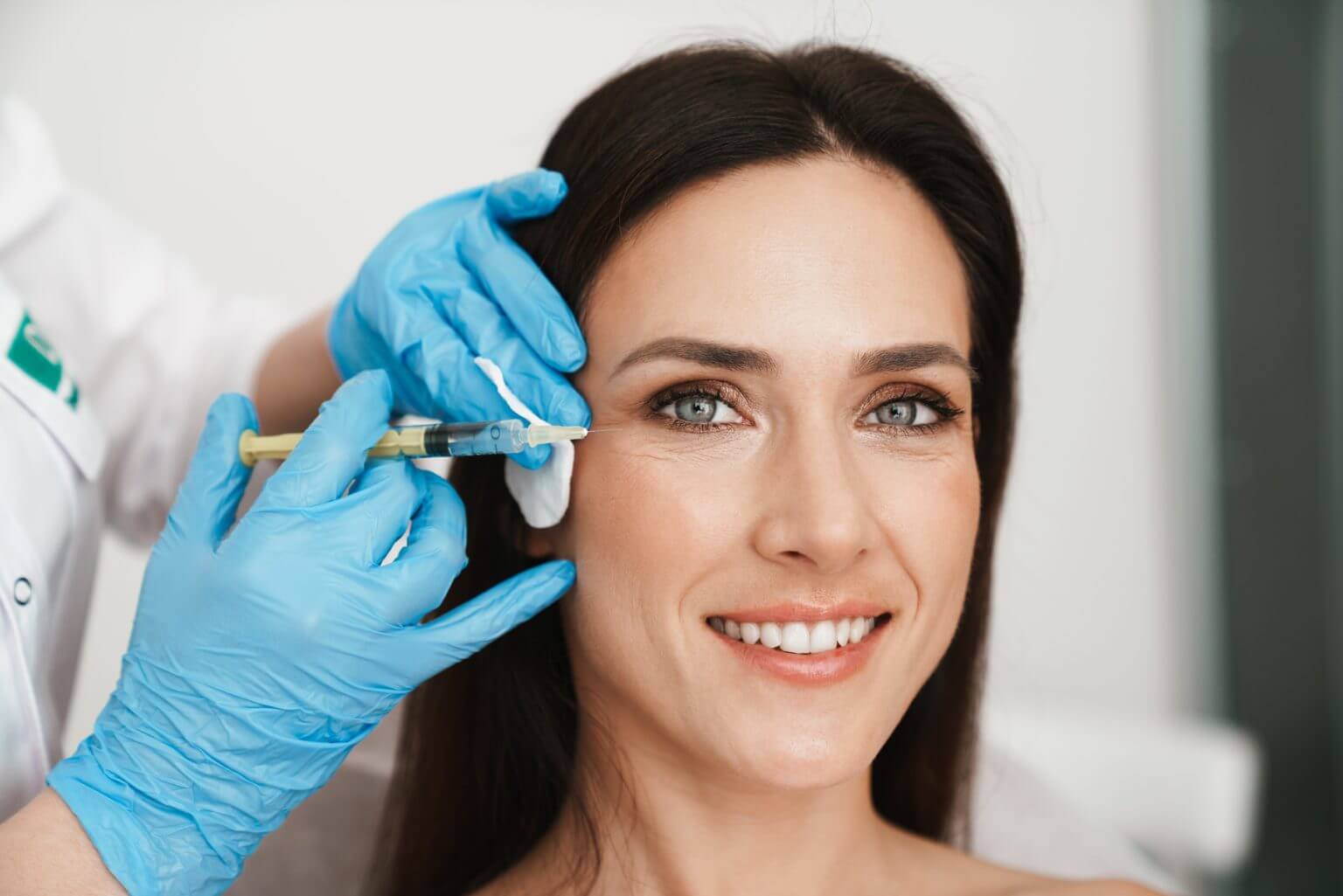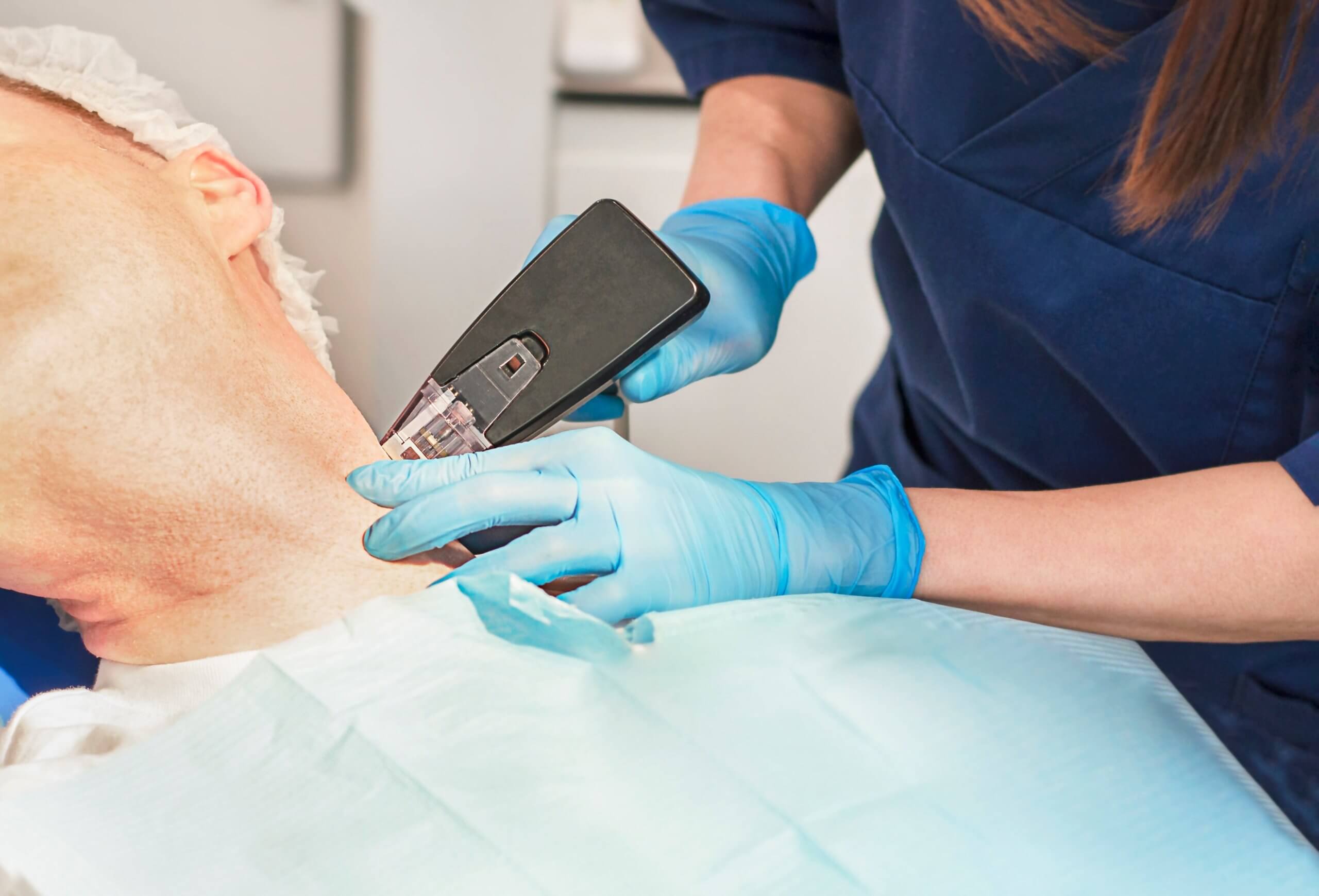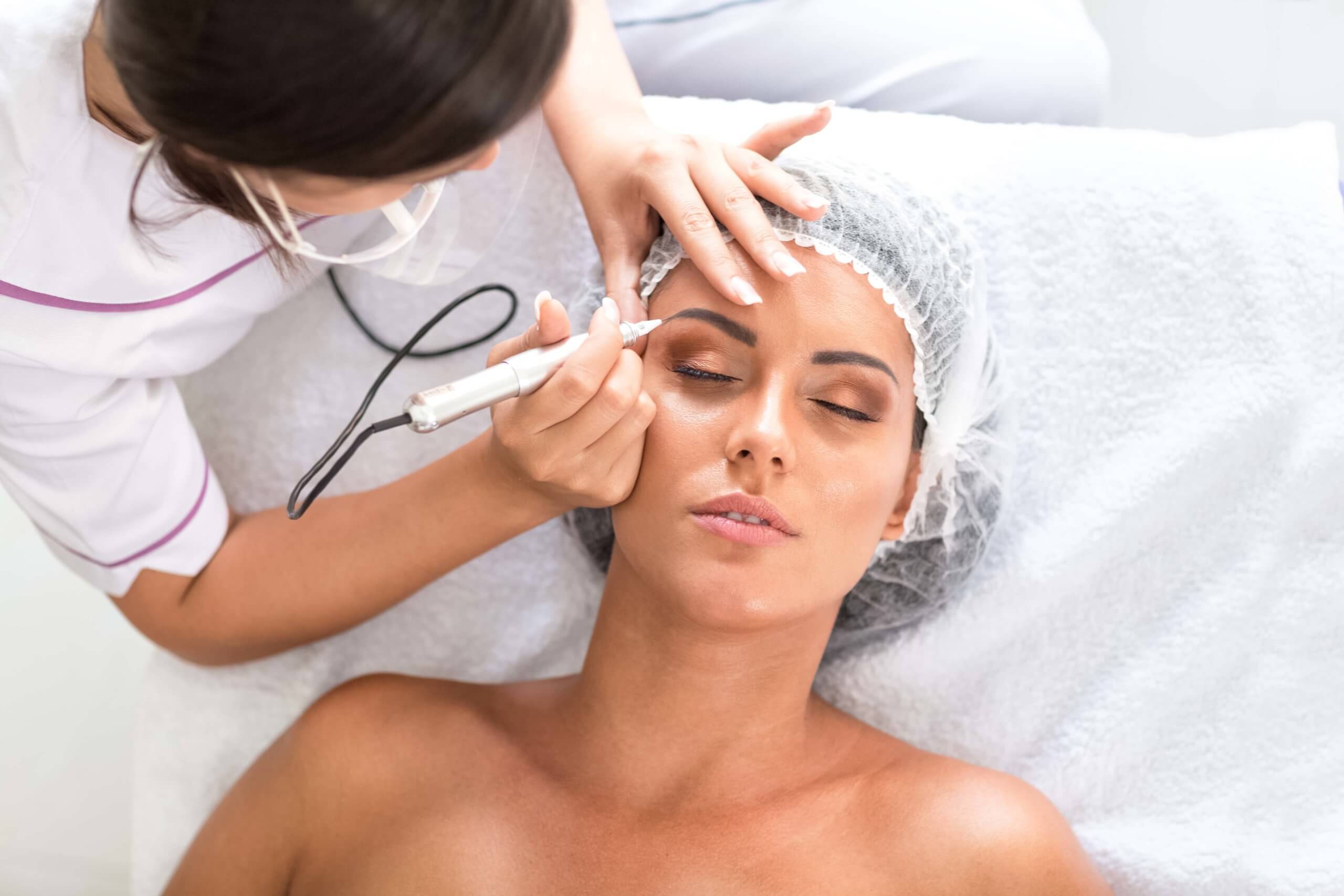
The trend of chemical peels has been growing in popularity for years. A few decades ago, having a chemical peel was considered unnecessary and even taboo. But now, having one is considered to be a rite of passage for any woman over the age of 25.
Chemical peels are a popular trend in aesthetics, but what exactly are they?
A chemical peel is a procedure that uses a chemical solution to remove the topmost layer of skin. This process can be used to treat acne scars and fine lines and improve the skin’s overall texture.
Chemical peels are typically done by dermatologists or medical professionals with extensive experience in administering these treatments. There are many different chemical peels, each with its benefits and drawbacks. Some peels can be done at home, while others require more intensive care and supervision.
What is a chemical peel?
A chemical peel is a cosmetic treatment that uses chemicals to remove the top layer of skin. This non-invasive procedure can be done in a doctor’s office or at home with products you already have available. The main goal is to improve the look and feel of your skin by removing damaged layers and revealing fresh new ones underneath.
There are different chemical peels, each with its benefits and risks depending on your specific needs and preferences.
What types of chemical peels are there?
A chemical peel is a cosmetic treatment that uses chemicals to exfoliate and rejuvenate the skin. Chemical peels treat acne, wrinkles, and other skin conditions, as well as sun damage.
Chemical peels remove the outermost layers of dead skin cells and expose healthier layers beneath them.
The chemicals used in a chemical peel cause this process to happen more rapidly than naturally, leading to smoother, more transparent, and more youthful-looking skin. Because they work on your surface layer of skin, they’re considered non-invasive procedures with minimal downtime (you can generally go back to your normal activities after having one done).
Which chemical peel is best for beginners?
If you’re a beginner looking to start with chemical peels, begin with a light peel. These are typically alpha-hydroxy acids like lactic or glycolic acid. They can be used on all skin types and are great for improving your skin’s texture, tone, and clarity without damaging or irritating it.
If you have acne scars or other conditions that require deeper exfoliation than what light peels provide, then medium peels might be better suited for you. Medium-level chemical peels use trichloroacetic acid (TCA). These are excellent at removing damaged layers of cells from the epidermis while still being gentle enough to use on sensitive skin types.
If your condition is severe enough that even TCA isn’t strong enough for you (and most people won’t find themselves in this category), then deep chemical peels may be suitable for you! Deep chemical peels use phenol (carbolic acid) as their active ingredient so they can remove many years’ worth of dead cells from different layers of the epidermis at once—but these are powerful solutions; they should only be used by experienced professionals who know precisely how much dilution is necessary before application.
Types of Chemical Peels
A chemical peel is a treatment that uses a chemical solution to remove the outer layer of skin, resulting in smoother, clearer skin. There are several different chemical peels, each with unique effects on the skin.
A light peel can reduce fine lines and wrinkles and improve skin tone, while deeper peels can provide firmer and tighter-looking skin. The depth of your peel depends on your goals for the treatment and how much time you’re willing to take off work!
Light chemical peel
A light chemical peel is a type of exfoliation that uses a mild acid solution to remove the surface layer of your skin. This can help unclog pores, even out uneven skin tone, remove dead skin cells, and smooth fine lines and wrinkles away.
A dermatologist or cosmetic surgeon typically does light chemical peels in the office. They’re often used on people with sensitive skin who don’t want to undergo deeper chemical peels that incorporate stronger ingredients or those who want an alternative to microdermabrasion procedures.
Light peels also provide better results than at-home products because they’re performed by professionals who can apply them more precisely than you might be able to.
The types of acids used during light chemical peels vary according to their depth and strength: superficial (also known as “resurfacing”) peels use trichloroacetic acid (TCA), while medium-depth treatments such as glycolic acid are more common for deeper layers of skin; however, there aren’t specific guidelines regarding which one should be used on any given patient, so it’s up to your doctor’s discretion based on what their practice offers (or what type they feel would best suit your needs).
Medium chemical peel
Medium chemical peels are suitable for treating fine lines and wrinkles and mild to moderate acne scarring. These treatments can also help even out your skin tone if you have hyperpigmentation from sun damage or other causes.
The medium depth of this peel makes it more likely that you’ll experience some side effects like redness, dryness, and inflammation after treatment. Because of this, it’s not recommended for people with sensitive skin or who want a subtle change in their appearance.
Deep chemical peel
A deep chemical peel is a deeper treatment that removes multiple layers of skin, resurfacing it to improve texture and even out pigmentation. It’s used to treat severe acne, wrinkles, and other skin conditions such as melasma (dark pigmentation on the face).
Deep chemical peels are also frequently used to reduce the look of enlarged pores and sun damage. The effects of this type of peel can last up to six months after treatment, but they may fade more quickly than other types of peel if you have sensitive skin or are prone to redness from irritation during healing.
Conclusion
Vanity Aesthetics Lounge is where you can go for all your chemical peel needs. They have a wide range of services, including microdermabrasion, micropeels, and glycolic peels.
Whether you’re looking to improve the texture of your skin or get rid of some minor discoloration, Vanity Aesthetics Lounge has got you covered. They offer facials and massages as well!




